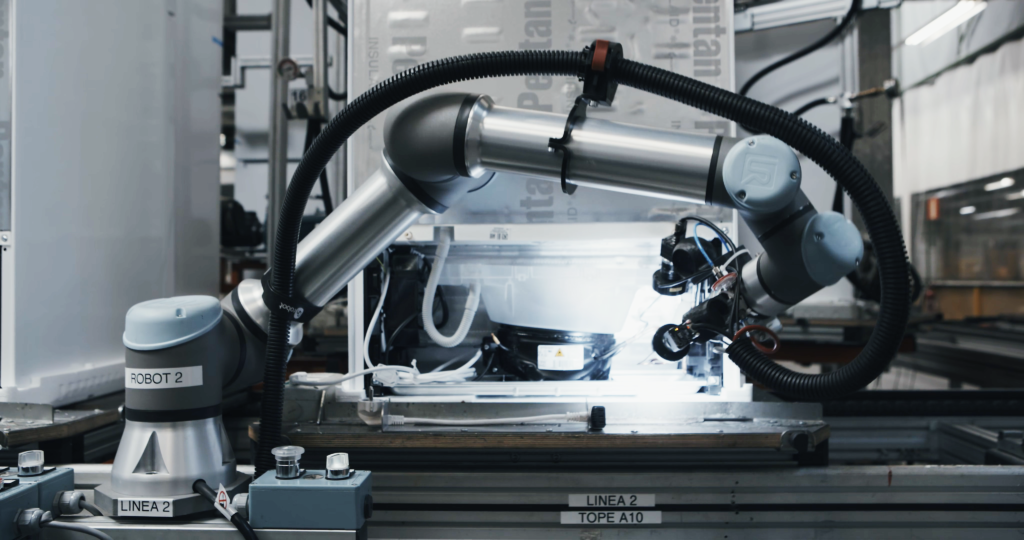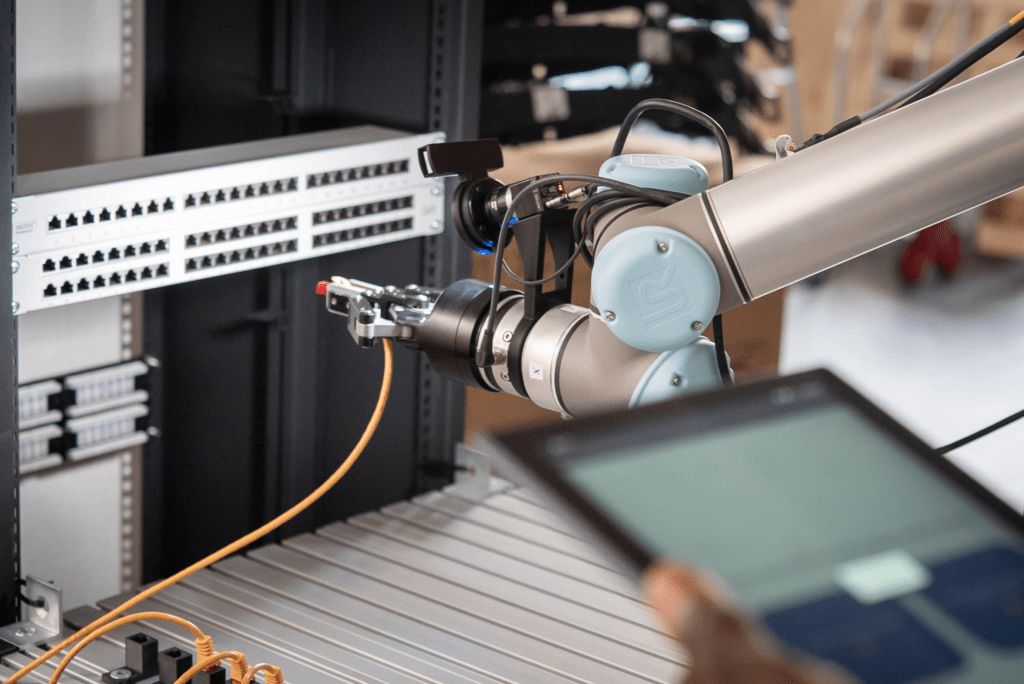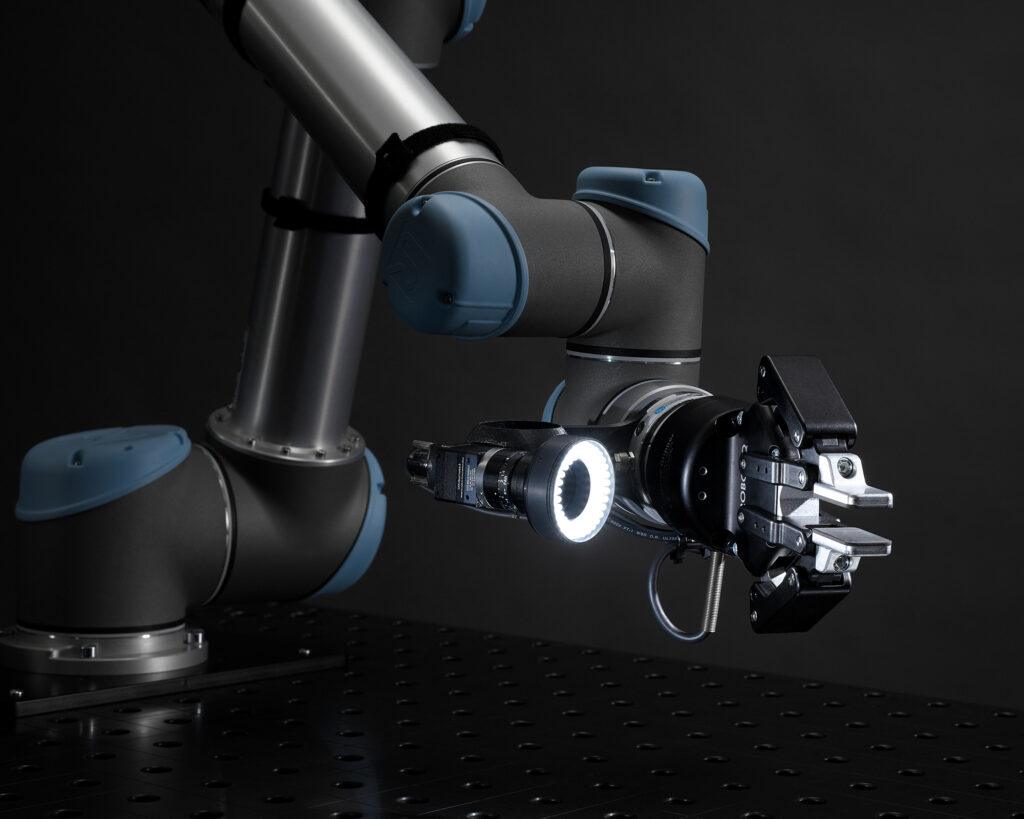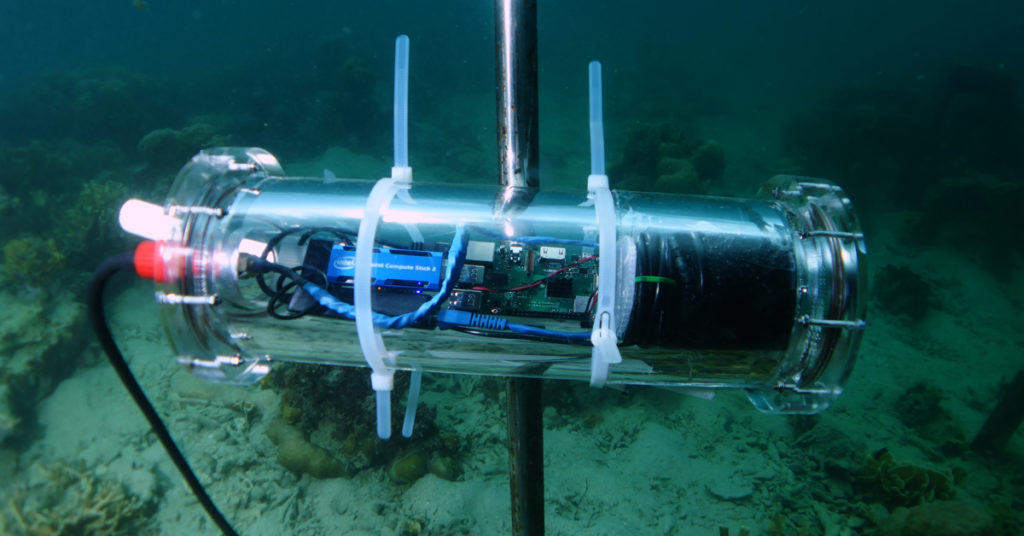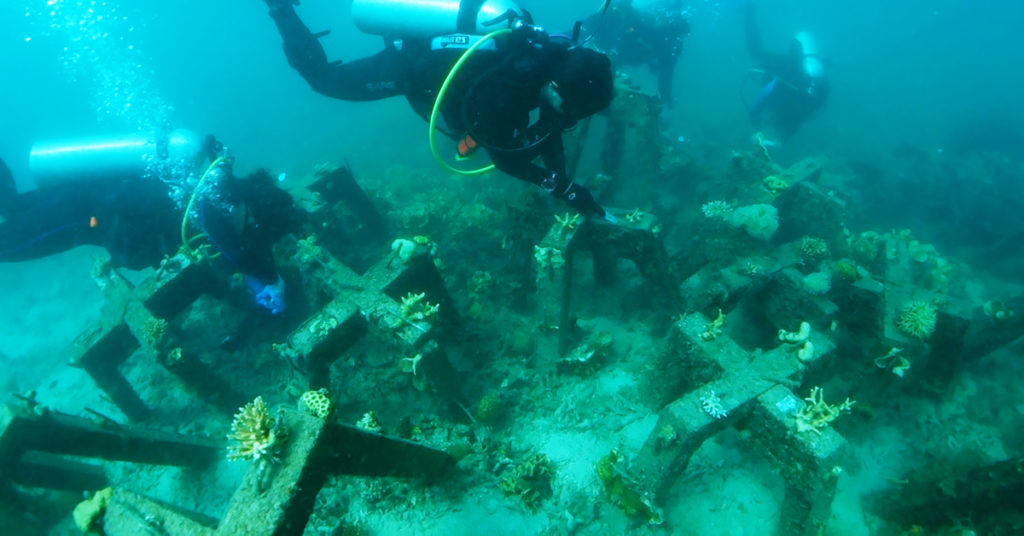Constance, June 28th, 2023 – fruitcore robotics takes industrial automation to a new level with an innovative operating system that uses the latest AI technology. With horstOS, industrial companies have a new tool at their disposal that assists them in every step of commissioning entire applications with the intelligent industrial robot HORST while significantly reducing complexity. With an integrated AI copilot, industrial companies can increase the efficiency of their production processes and save time. „Generative AI is driving a transformation of many task areas. The new technology will transform automation and provide our customers with a whole new automation experience,“ says Patrick Heimburger, Managing Director (Chief Revenue Officer) of fruitcore robotics.
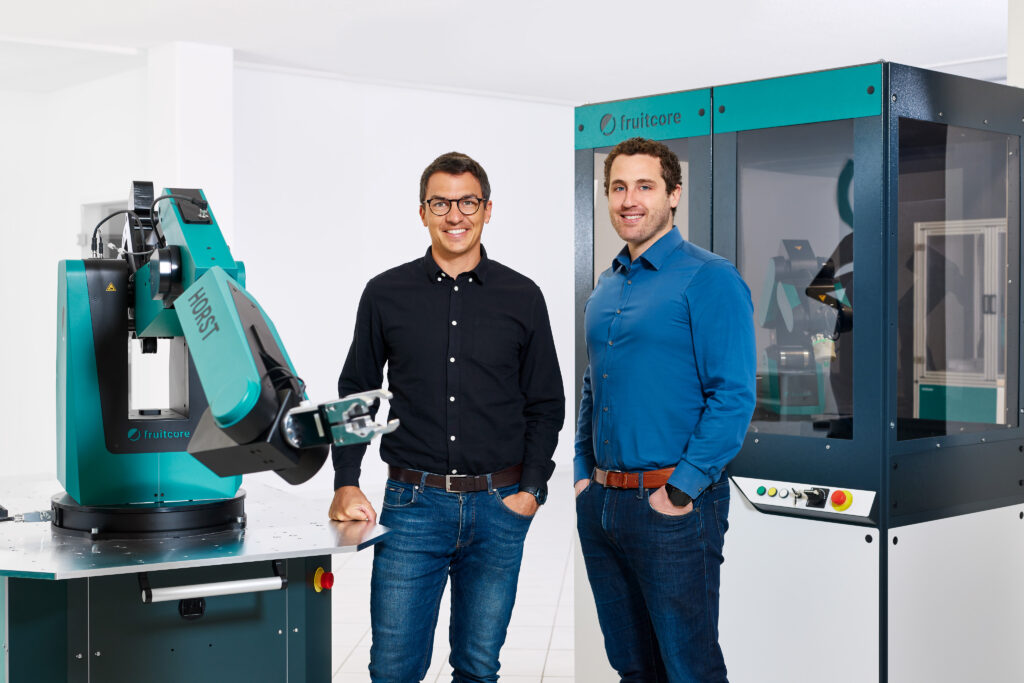
The new operating system of fruitcore robotics simplifies and accelerates the configuration and management of all components involved in the process, the programming as well as the operation of the finished application. The entire control system of robots, components and existing industrial processes is carried out via a user-friendly interface through which their interaction is realized even more easily. horstOS essentially comprises three interconnected areas: the component management area, the program creation area and the process control system area. These three areas provide users with all the functions they need to set up and use their overall plants quickly, simple and efficiently.
In the component management area, users can seamlessly integrate and centrally manage all components relevant to an overall plant, such as grippers, camera systems and safety systems, thanks to standardized interfaces. Adding components takes just one click and is possible for all components that have a web app or a digital interface – regardless of the manufacturer. If status information needs to be queried for one of the connected components, settings need to be checked or changes need to be made, this can be implemented straightforward via the robot panel with horstOS as the central user interface. When users switch to the program creation area, they find themselves in the intuitive horstFX operating software, in which they create the robot’s program sequence with the integration of all components. Once the program sequence has been created, it can be started, stopped or paused in the process control system. The process control system also allows users to customize the operation and process monitoring to their personal needs and specific processes. Widgets can be used to show relevant process data, display the status of connected components, and access parameters that need to be adjusted frequently. This gives users full control over their automation process.
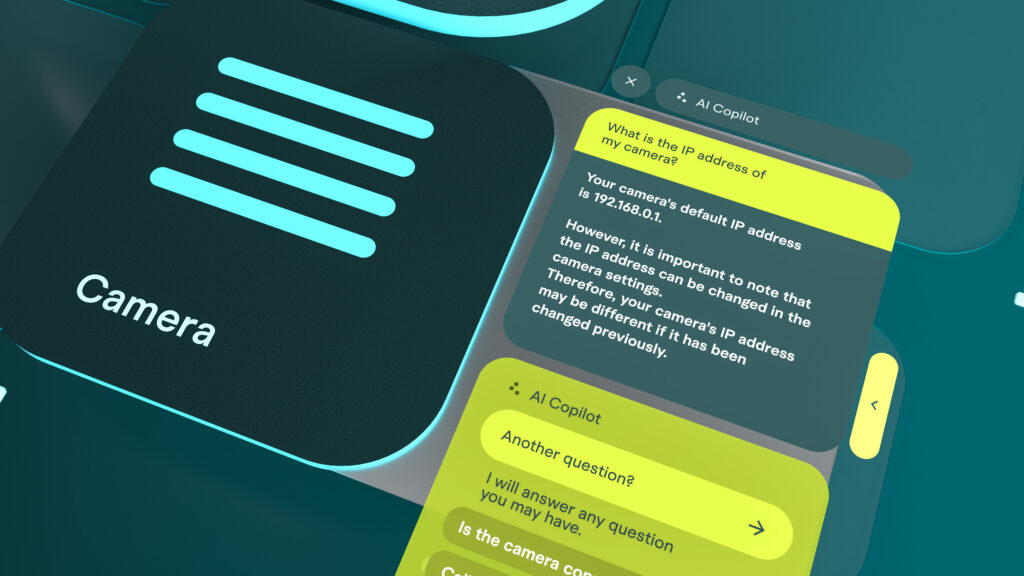
Ask HORST Anything – AI Copilot helps in all life phases of industrial robots
„Our new operating system incorporates the most advanced technology and deep integration of artificial intelligence. It sets new standards for the rapid integration of industrial robots into processes such as machine loading and unloading, quality assurance, parts separation or adhesive and sealant application, says Patrick Heimburger. With the AI Copilot in horstOS, users get an intelligent assistant that provides real-time support in natural language to successfully cope the challenges of automation. Whether setting up the robot and other components, troubleshooting, or suggesting program blocks or even writing entire programs, AI Copilot enables users to quickly and accurately find solutions for their applications and keep operations running smoothly. For example, if the user wants to know how to pass the part position detected by the camera to the robot, he can address this question to the AI Copilot via text prompt and receive the corresponding code block within a few moments.
The AI Copilot from fruitcore robotics is based on ChatGPT and has been specially trained for industry conditions. It offers users comprehensive access to all relevant instructions, support content and software documentation from fruitcore robotics. In order to provide users with an optimal user experience, the Constance-based company focuses on continuous enhancements of the AI Copilot’s capabilities.
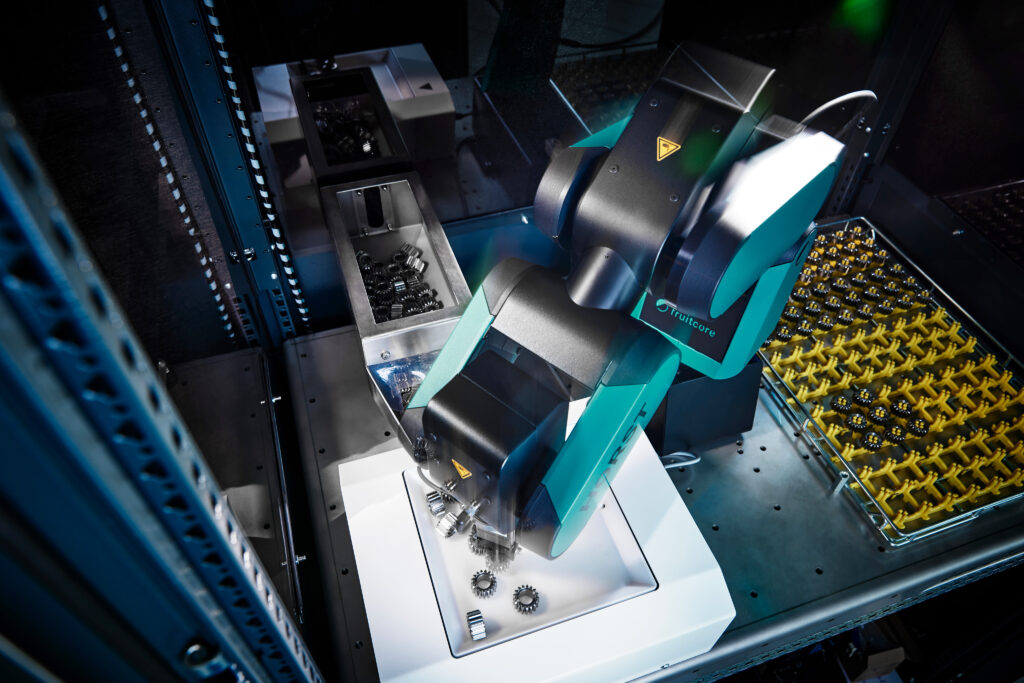
Future-oriented automation with horstOS
The scope of horstOS is also expected to grow steadily in the coming years. The modular structure of the operating system already allows external software and services to be integrated without great effort. User-specific software programs and interfaces from OEMs can also be seamlessly integrated. „Through horstOS, the future of automation becomes a new reality. The system offers extensive support, even for those with little knowledge, and significantly reduces the effort required for setup, operation and after sales,“ explains Jens Riegger, Managing Director (CEO) of fruitcore robotics. „Our intelligent industrial robots are not only designed to offer our customers the best return-on investment in the robotics market. Especially against the backdrop of the ubiquitous shortage of skilled workers, they are also designed to help increase productivity and save valuable time,“ says Jens Riegger.

